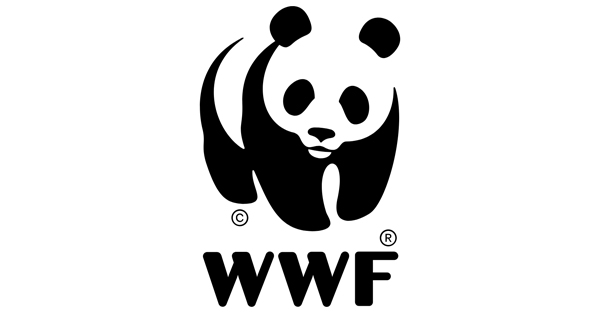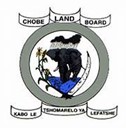Tackling the underlying causes and providing community-led solutions is the key to promoting human-predator coexistence in the rural farming areas of northern Botswana. Founded in 2017, the WildCAT Botswana Coexistence Programme combines practical mitigation delivery with agricultural initiatives, improved land use planning projects and training, to help secure communities and predators in critical areas of wildlife connectivity.
CONSERVATION CONTEXT
Rural subsistence communities who farm livestock in areas where large predators, such as lion, leopard and hyena, are prevalent can suffer both cultural and economic loss and often retaliate against those predators through fatal techniques such as shooting, snaring and poisoning.
Human-wildlife conflict is one of the main threats to wildlife globally, and as our human and agricultural footprint grows increasing efforts need to be made to secure the well-being of both people and animals.
Working directly with farmers to provide practical measures, as well as at landscape and policy levels to promote behavioural change, the Coexistence Programme aims to reduce livestock losses and retaliation, as well as promote informed land use planning that helps minimise future conservation challenges arising.
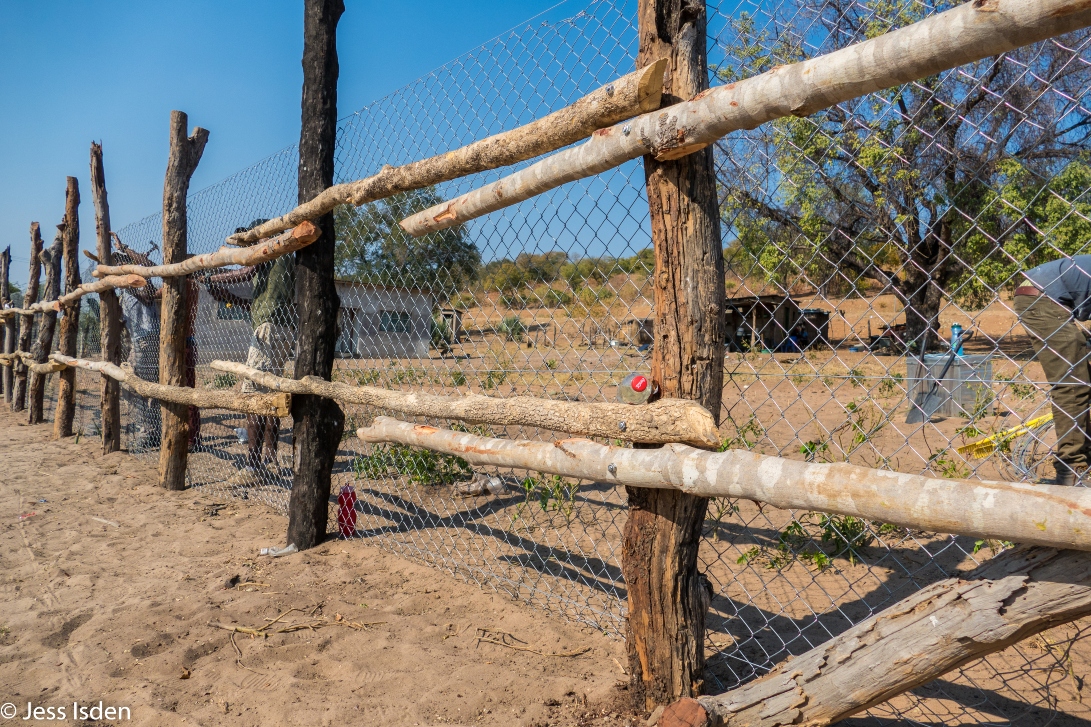
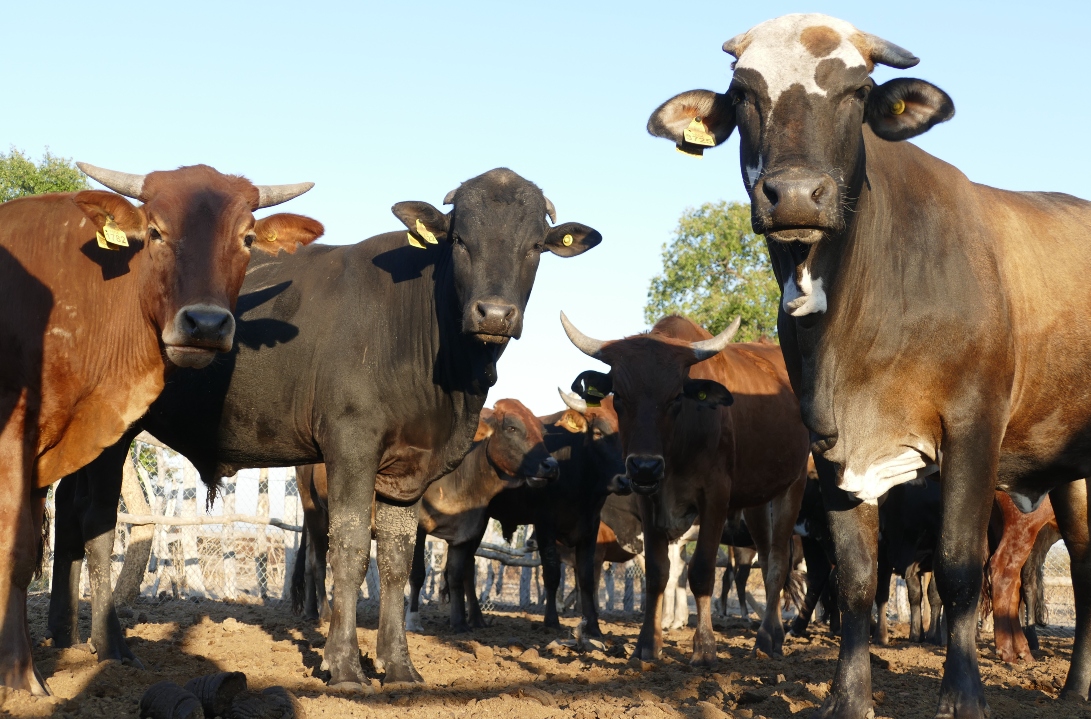
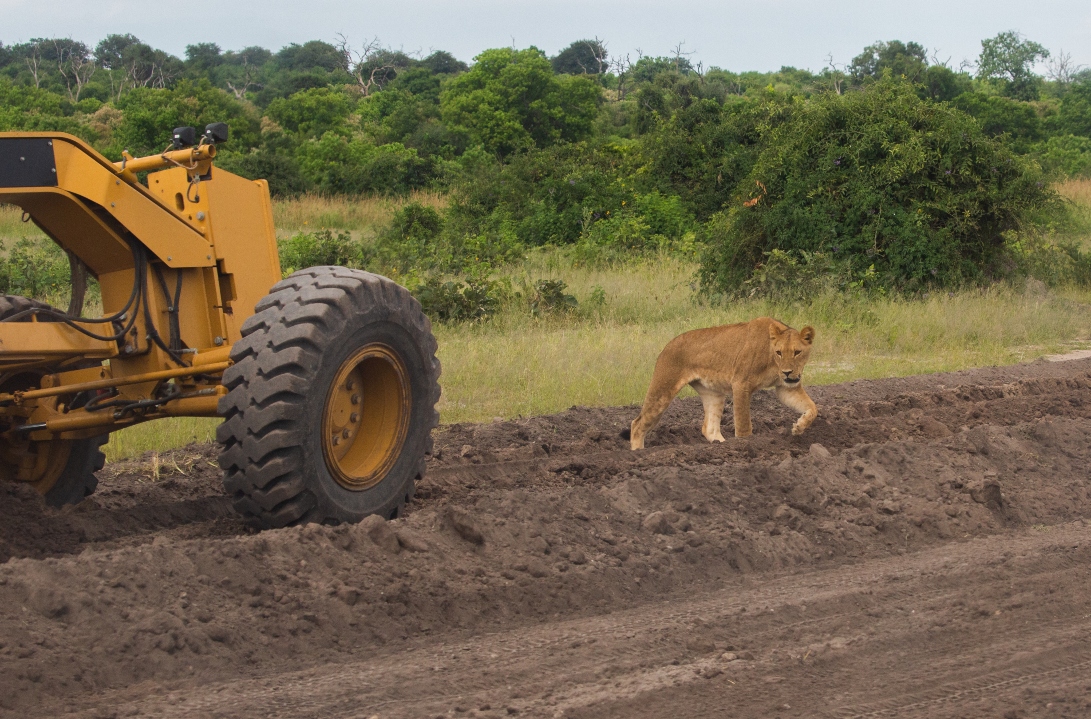
APPROACH
Community Guardianship
Building on the success of the Lion Guardian model, our Community Guardians are the locally employed community members who are provided with training and skills needed to help protect their land and livestock from predator attacks. The Guardians patrol communal grazing land daily, conduct spoor surveys to check for presence of predators, monitor livestock and construct our predator-safe kraals. They provide representation for both community and conservation matters and advocate for best practice when it comes to livestock husbandry and human health.
Herding Model Implementation
Combining traditional livestock husbandry methods of herding and kraaling with modern technology for measuring and monitoring allows rural farmers to halt the decline of rangelands and turn livestock into the agents for positive change. Based on the One Health paradigm, the Herding Model helps farmers overcome husbandry, disease management and conflict barriers through training and empowering Skilled Herders. Livestock are managed by Skilled Herders, who are trained in using mobile bomas, basic veterinary care and wildlife conflict mitigation. Rotational grazing regimes are informed by GIS remote sensing data and climate-smart, wildlife-friendly, holistic rangeland management helps unlock access to commodity-based trade markets. Community-led farming governance helps to develop the potential for self-sustaining, investible products through carbon and biodiversity credit systems.
Informed Land Use Planning
In northern Botswana, at the heart of the Kavango Zambezi Transfrontier Conservation Area (KAZA TFCA), linkages between wildlife protected areas, such as National Parks and Forest Reserves, are vital for the long-term viability of predators and other wildlife species. These connectivity pathways often navigate through areas of human development, including residential, infrastructural and agricultural lands, which poses significant risk of conflict between people and wildlife. Allocating land within or near protected areas and connectivity pathways therefore requires careful consideration and planning, using a wide range of up-to-date data and incorporating the needs of both people and animals. Our land use project has trained 35 local and regional officers in the use of the Land Use Conflict Identification System (LUCIS) and our ongoing collaborations with land use planners helps ensure that land is allocated optimally according to local priorities and conditions.

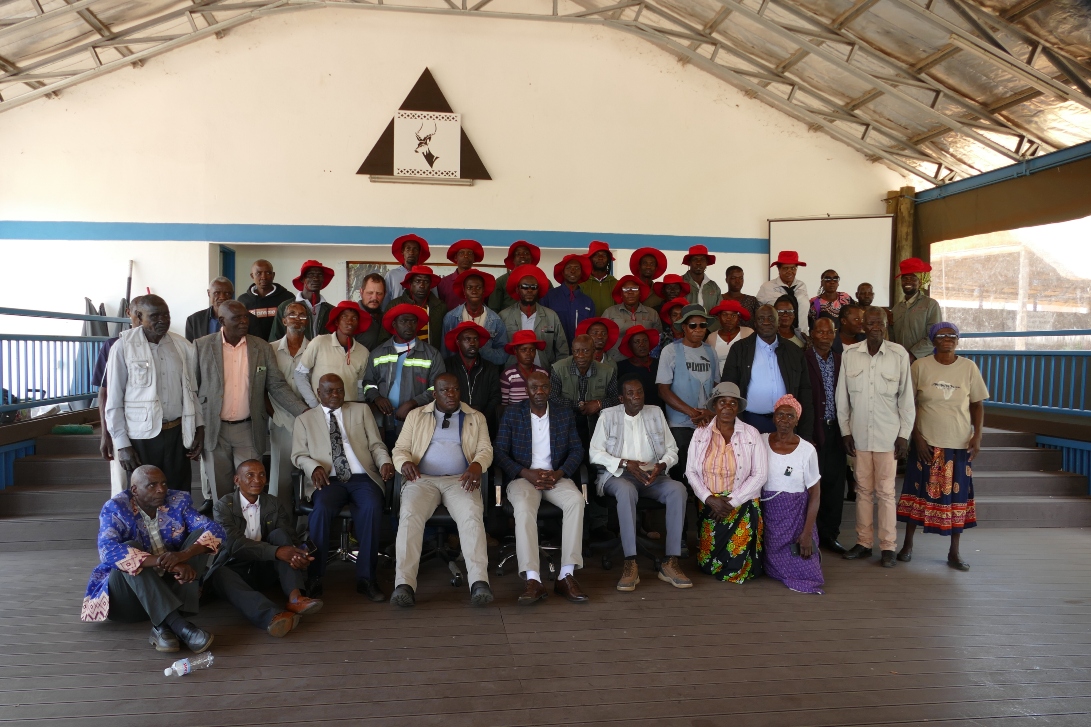
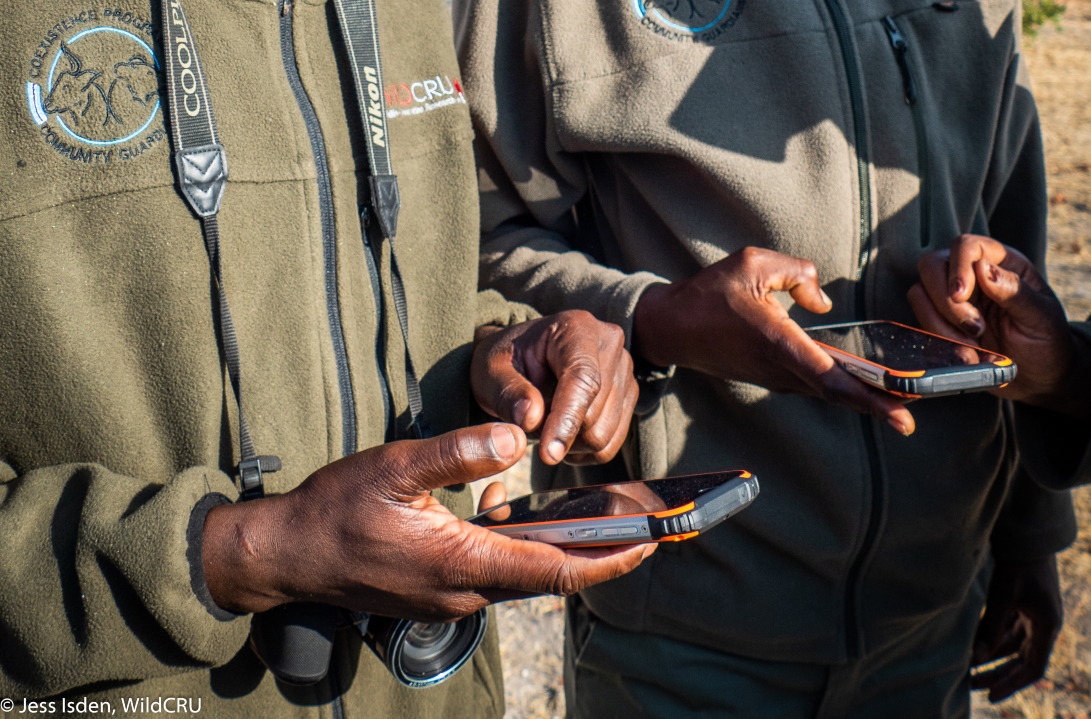

KEY PROGRAMME IMPACTS
predator-safe kraals (bomas) constructed in conflict hotspots, protecting > 4,000 livestock nightly with 0 losses of livestock correctly kraaled within.
cattle enrolled in 8 Grazing Area Clusters under the REHerd Model for managed conflict mitigation and rangeland regeneration
Government and parastatal officers trained in GIS modelling techniques to improve land use planning.
PROGRAMME MEMBERS
Dr Jess Isden manages the WildCAT Botswana Trust and founded and delivers the Coexistence Programme, Ms Mubuso Kakambi runs our team of Community Guardians, Mr Wayne Katse leads our REHerd Model and Ms Kedi Selume delivers our stakeholder engagement and land use planning projects. Ms Emma Knott provides administrative support and Prof. Andrew Loveridge is Chair of the Trust.
The WildCAT Botswana team consists of seven Community Guardians and four senior staff that support their efforts. Our Community Guardian team are all employed from their home villages, ensuring that they have in-depth local understanding and commitment to their own community. Our more senior staff are from all over Botswana and work together to find solutions for coexistence.
PROGRAMME PARTNERS
We are grateful to the Department of Wildlife and National Parks and the KAZA TFCA Secretariat for conservation guidance, strategy and partnership, as well as WWF and the Lion Recovery Fund for long-term financial support for our projects.
